Neil Robinson-Welsh, consultant at ACO Building Drainage, looks at blue roofs as a resource for mitigating the UK’s water crisis.
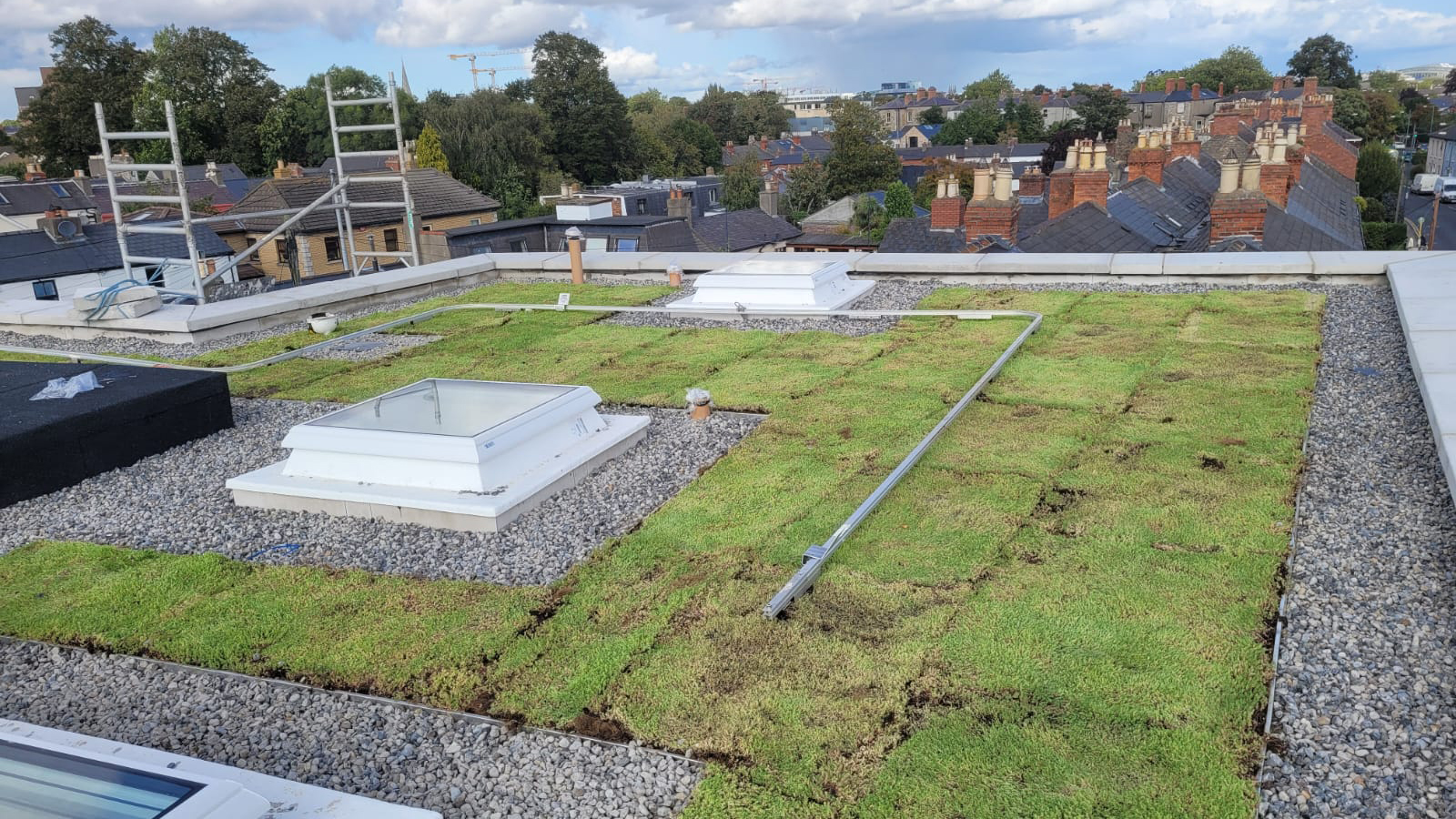
Water shortages across the UK are predicted to increase as demand outstrips supply in the next 10 years. Some parts of the UK already face water stress, with areas like Cambridge and Oxford particularly affected as their outdated water and sewerage systems struggle to keep up with the demands of increasing populations.
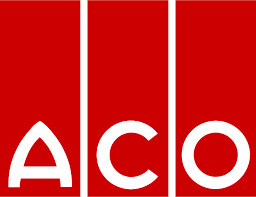
One solution is the widespread application of blue roofs. These are a type of sustainable drainage system (SuDS) that temporarily store and gradually release stormwater, providing a sustainable method to manage water resources.
Unlike conventional roofs that drain water quickly, blue roofs slow stormwater runoff. This means that sewer systems – many of which are overstressed and in need of repair or replacement – can receive rainwater at a reduced rate over time, rather than all at once. In this way, the likelihood of flooding is reduced, particularly in densely populated urban areas.
Why does the UK need more blue roofs?
As population growth leads to expansion of urban areas, coupled with ongoing climate change, the water storage function of blue roofs is becoming increasingly important as higher volumes of stormwater need to be sustainably managed.
ACO’s RoofBloxx solution stores water in modular tanks which function separately from the roof itself. Rather rather than putting pressure on the roof’s waterproofing, ACO’s system is placed on the roof, reducing risk to the structure itself while providing flood mitigation and sustainable drainage.
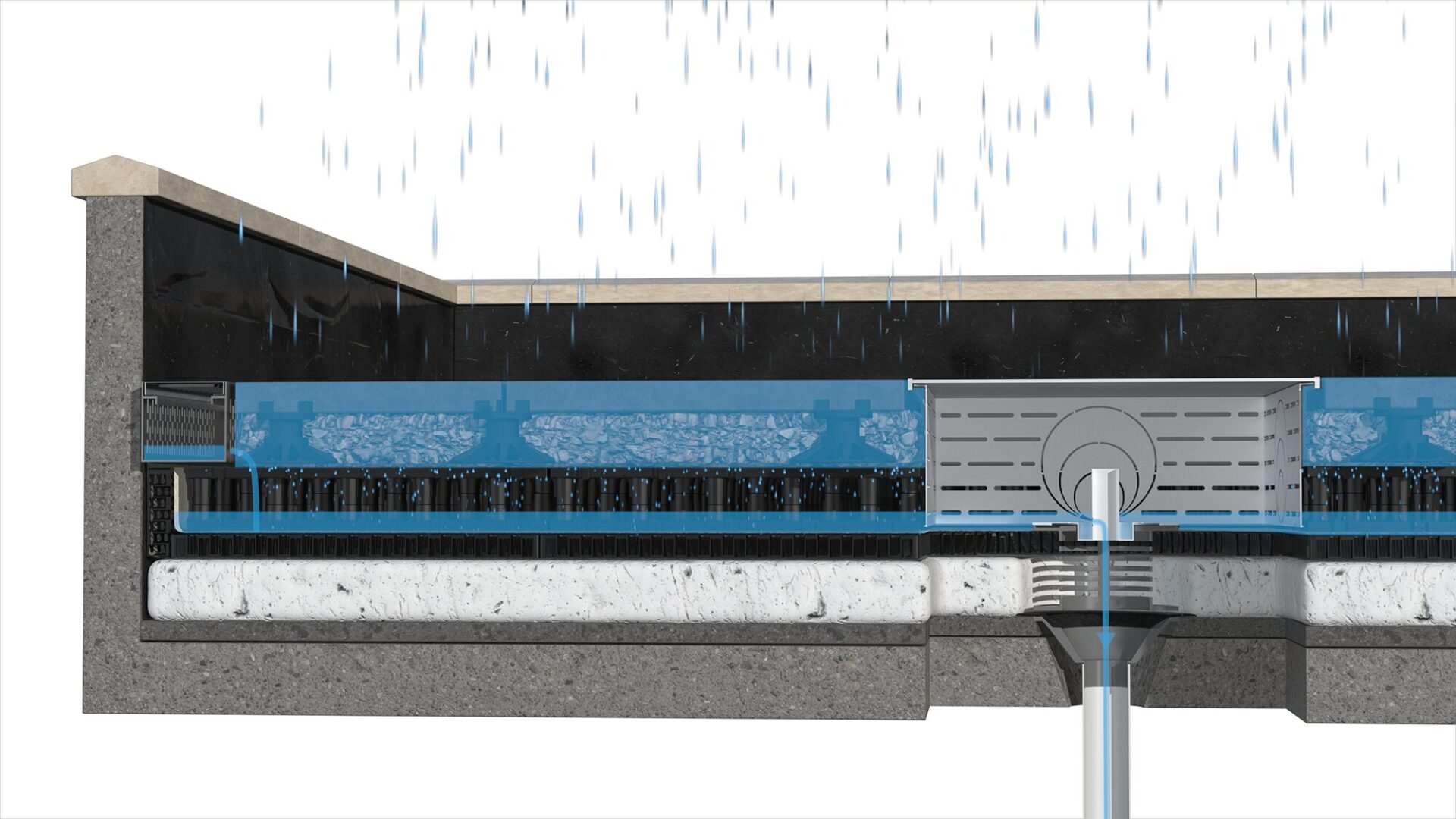
This system avoids the pitfalls of some other blue roof systems which allow for water to rest on the building’s roofing material, introducing risk to the development and, in some cases, going against building regulations.
How do blue roofs support sustainability?
It is important that any solutions for managing stormwater meet building standards and are easy to maintain, as this helps ensure longevity of the overall water management strategy. Choosing a solution with a modular design, such as ACO’s RoofBloxx, also makes for a smoother installation process as units can be assembled and adjusted on site, reducing the time and complexity involved.
Correct installation of blue roofs is a critical part of incorporating such systems into the UK’s infrastructure. Successful implementation relies in part on good design and integration, with elements such as outlet positioning, roof slope, and the selection of attenuation system being pivotal. Partnering with experts at ACO is a vital step in ensuring these aspects are handled correctly.
The pressure on UK water resources is growing, and construction professionals must be willing to engage with such issues. ACO supports architects, designers, specifiers and others involved in building development or renovation to meet the needs of their projects while taking steps to alleviate the growing water crisis.
This article is adapted from ACO Building Drainage’s guide to blue roofs, set to be published in October. For more on blue roofs and ACO’s guide, please click here.
Comments
Comments are closed.


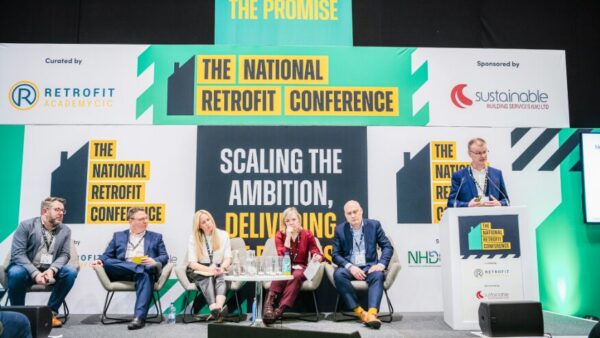
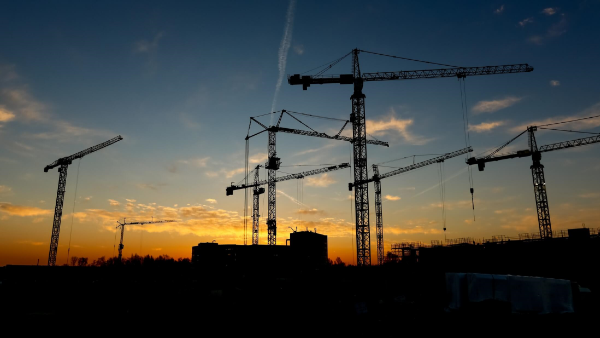

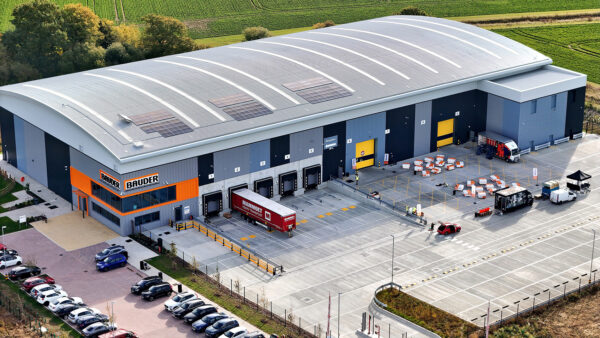
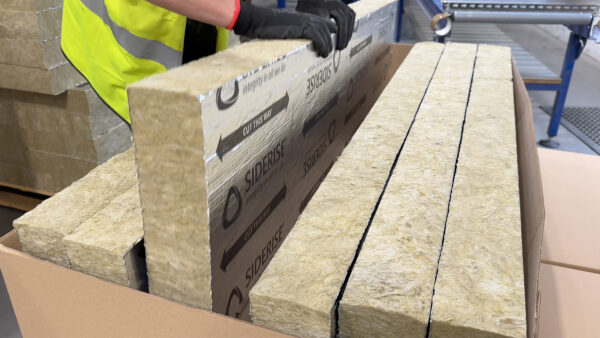
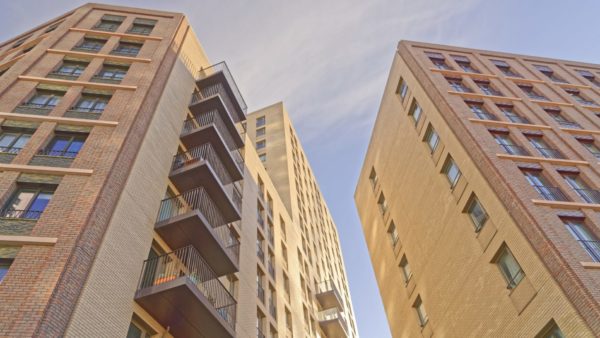
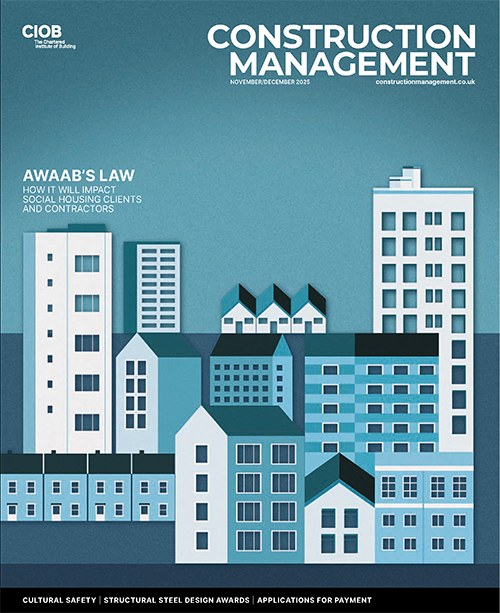
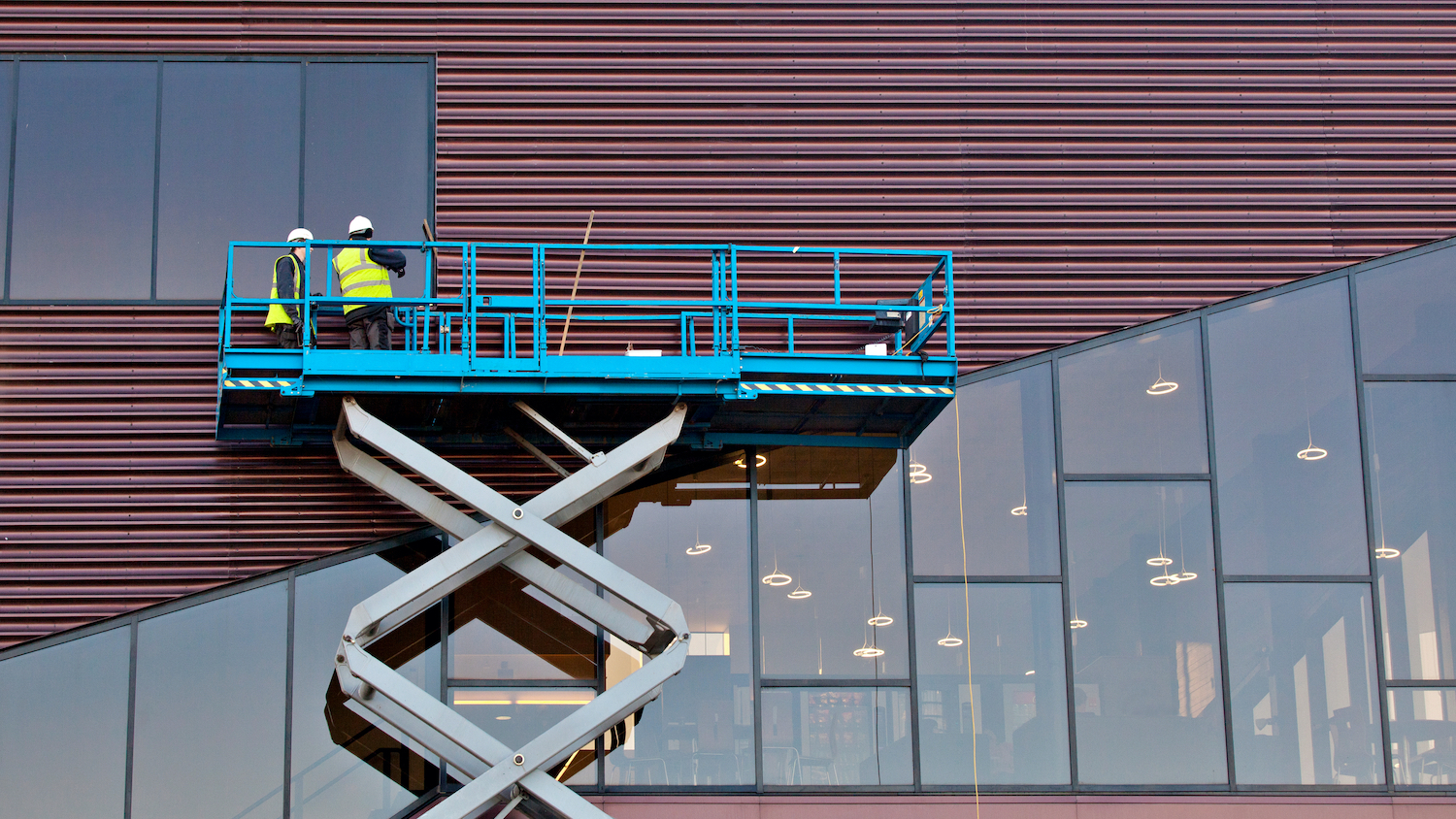

Hmm. Storing water on a roof? Structural costs, structural risks, heating implications…
Storing it at or below ground level looks much more the sort of idea where you can tack on the obligatory – these days at any rate – acronym of ‘sustainability’